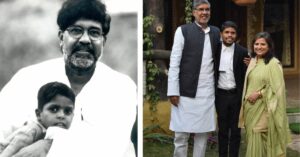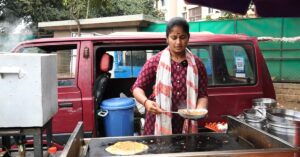This Forgotten Hyderabad Woman Was The World’s First Female Anaesthesiologist!
Furdoonji’s tryst with the medical field began in her hometown at the Hyderabad Medical School (HMS), in the erstwhile capital city of the Nizam’s dominion in the South.
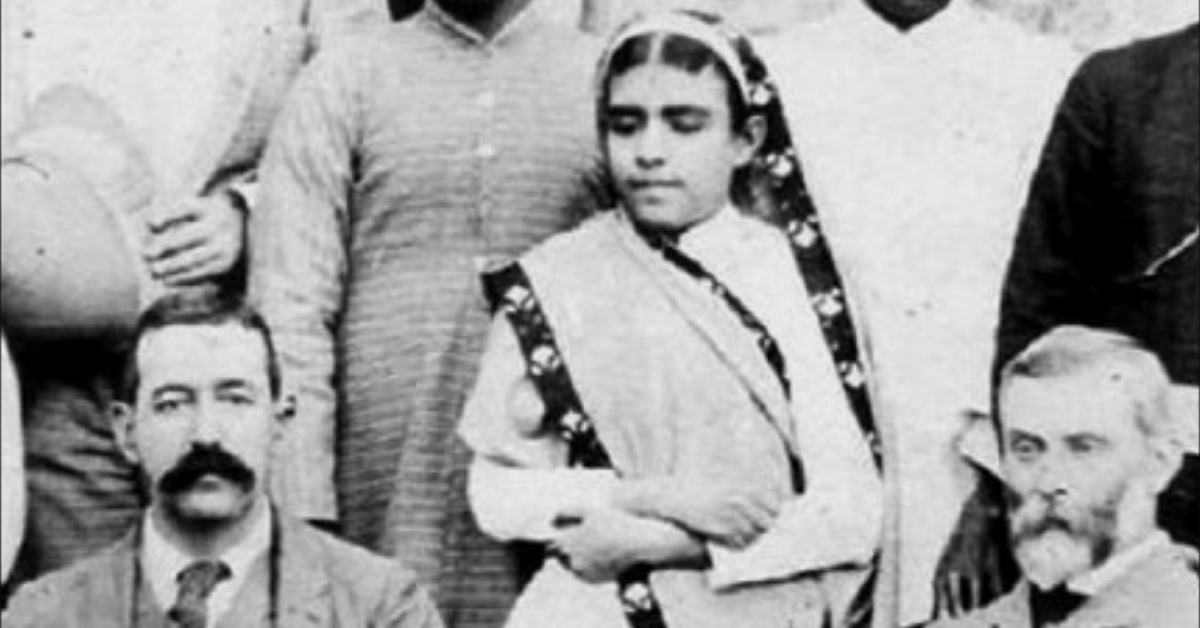
She lived in times when basic education—let alone a medical degree—was considered a far-fetched dream for women in India. And while we may not know a lot about the personal life of Dr Rupa Bai Furdoonji, her contribution to the field of anaesthesia is widely acknowledged both in India and abroad.
Hyderabad’s Furdoonji has the distinction of being the first lady anaesthetist of the world!
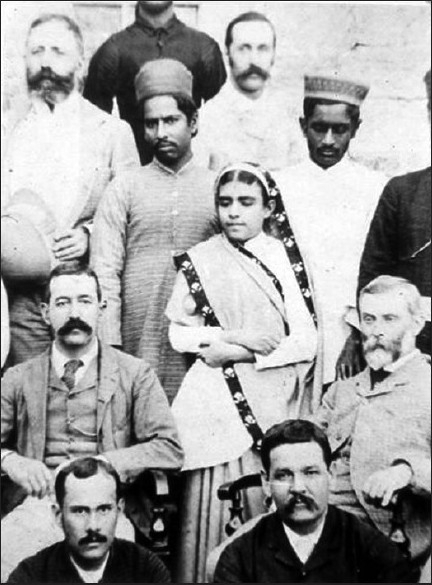
Furdoonji’s tryst with the medical field began in her hometown at the Hyderabad Medical School (HMS), in the erstwhile capital city of the Nizam’s dominion in the South. The medical school or Osmania Medical College as it is known now was set up by the fourth Nizam, Nasir-ud-Daulah in 1846. During his reign, the Nizam focused on getting men, as well as women, enrolled in the medical field.
A vision that Nawab Mir Mehboob Ali Khan, who ruled during Rupa’s time, shared along with Surgeon Major (IMS) Edward Lawrie, the Chief Surgeon of British residency, and also the Principal of Hyderabad Medical School.
It was on Lawrie’s motivation that five lady scholars of Hyderabad joined the medical course. Rupa Bai was one of these five women.
Rupa, who joined HMS in 1885, graduated in 1889 with the degree of Hakeem—a western medical qualification—so named because the medium of instruction at the time in HMS was Urdu—the state language. The English lecturers had Urdu translators during the classes.
Thanks to Lawrie, the medium of instruction changed to English in 1885 which opened up avenues for women scholars to study abroad later.
During the four-year course, she studied subjects like anatomy, physiology, materia medica, medicine, surgery, and midwifery. During the years 1889-1917, Rupa worked as an anaesthetic at the British Residency Hospital (BRH) (now known as Sultan Bazaar hospital), Afzalgunz Hospital and Zenana Hospital, Hyderabad.
Rupa’s academic as well as professional work, so impressed Lawrie that he encouraged her to travel to the UK for further studies. And so in 1909, Rupa took a break from her work and enrolled in Edinburgh University from where she earned a diploma in Physics and Chemistry. These subjects were useful for doctors handling anaesthetics as there was no separate course for anaesthesiology.
Later, Rupa also pursued a degree in medicine at the John’s Hopkins Hospital, Baltimore, USA. This was when many medical schools in England and America refused admission to women candidates. Even the renowned paediatric cardiologist Dr. Taussig who founded the ‘Blalock-Taussig’ surgical technique for ‘Fallot’s tetralogy’ was refused admission in Harvard Medical School of Boston.
While Lawrie was credited with directing Rupa towards the field of anaesthesiology, it was Mr. Harmusji Kause from Hyderabad who brought Rupa’s story to light. He preserved her original certificates and some important letters now housed at the Indian Institute of History of Medicine in Osmania Medical College, Hyderabad.
Read More: Glass Ceiling Broken: Meet Anju Seth, the First Woman Director Of India’s Oldest IIM
One of these historical letters is Dr. Annie Besant’s handwritten recommendation addressed to Mrs. Drummond dated 27th April 1909.
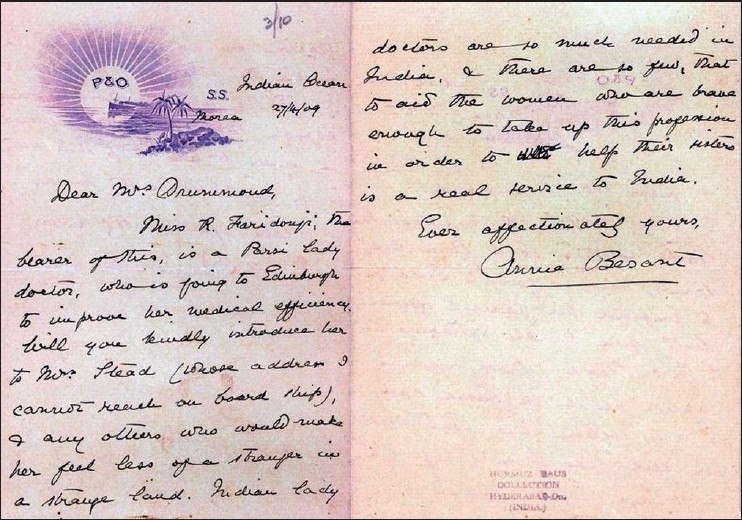
The founder president of the Theosophical Society of India and Rupa Bai set sail from Bombay to Edinburgh in the same ship. It was at this time that Dr. Besant wrote a letter recommending Rupa for a course at the University of Edinburgh.
Such was the impact of Rupa’s work in Edinburgh that when the time came for her to return to India, Mrs. Drummond wrote to Rupa’s associates in Hyderabad. She persuaded them to relieve Rupa of her duties as her expertise was required in Edinburgh. Upon returning to India, after two years in the UK, she served as a full-time anaesthetist at the BRH.
While not much is written about her career post-1920, she is said to have retired from Nizam’s Medical Service as superintendent of the BRH.
When the Hyderabad Chloroform Commissions, under the supervision of Lawrie, conducted anaesthesia experiments on animals, many students from HMS participated in it including Rupa. Thus she finds mention in Lawrie’s book, A report on Hyderabad Chloroform Commissions (1891).
Dr. Rupa became an anaesthetic during a time when only surgeons were considered capable enough to administer anaesthesia. In a majorly male-oriented field, Rupa made her mark with her determination to excel in her field of study.
(Edited by Saiqua Sultan)
Like this story? Or have something to share?
Write to us: [email protected]
Connect with us on Facebook and Twitter.
Find Out What’s Good Today – Sign Up Now!
This story made me
- 97
- 121
- 89
- 167
Tell Us More
We bring stories straight from the heart of India, to inspire millions and create a wave of impact. Our positive movement is growing bigger everyday, and we would love for you to join it.
Please contribute whatever you can, every little penny helps our team in bringing you more stories that support dreams and spread hope.







